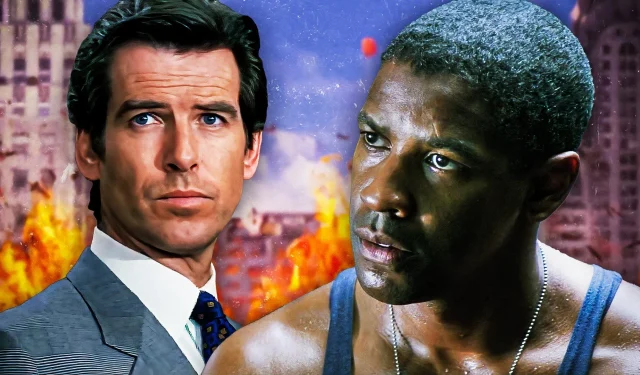
The 1990s marked a golden era for action films, giving rise to iconic franchises such as Mission: Impossible and The Matrix. A diverse range of movies emerged during this vibrant decade, including unforgettable titles like Speed and Face/Off, which significantly shaped the landscape of action cinema. The thrill of watching larger-than-life heroes deliver memorable one-liners and navigate harrowing situations without a scratch is a hallmark of 90s filmmaking that remains ingrained in popular culture. As we approach 2025, many action classics from this era will celebrate their 30-year anniversaries.
Beyond the blockbuster spectacles, numerous less-remembered yet gritty action films of the 1990s took a more realistic approach. These films delved into the thriller aspect of the genre, showcasing raw narratives without adhering to rigid formulas. This creative freedom allowed these action movies to flourish and contributed to the compelling case for their long-desired sequels.
10. Desperado
Directed By Robert Rodriguez
Salma Hayek’s breakout role occurred in this explosive action film by Robert Rodriguez, where her chemistry with Antonio Banderas takes center stage. Banderas delivers a charismatic performance, effortlessly taking on countless adversaries amidst a hail of bullets. The film’s action sequences brilliantly balance the outrageous with the believable, keeping viewers captivated.
As a quintessential blockbuster, Desperado showcases charming leads, dynamic explosions, and thrilling confrontations. Noteworthy performances include Danny Trejo’s memorable cameo and Quentin Tarantino’s comedic bits, alongside Joaquim de Almeida’s portrayal of a delightfully exaggerated villain. The film’s soundtrack melds perfectly with its editing, creating an exhilarating cinematic experience.
9. GoldenEye
Directed By Martin Campbell
Pierce Brosnan’s debut as James Bond in GoldenEye marks a significant moment in the franchise, introducing a nuanced take on the beloved character alongside Dame Judi Dench, who brought a fresh legitimacy to MI6. While Bond retains his charming persona, the film reflects shifts in political landscapes and critiques his traditional womanizing ways through Famke Janssen’s memorable henchwoman character.
While echoing quintessential 90s blockbuster traits with explosive action and gunplay, GoldenEye also returns to Bond’s spy roots, navigating double-crosses and intricate political intrigue. Beyond the typical Bond girl trope, Izabella Scorupco’s character is developed with depth, elevating the film’s narrative beyond its predecessors.
8. Die Hard: With A Vengeance
Directed By John McTiernan
Following a lukewarm reception for its predecessor, Die Hard: With A Vengeance reinvigorated the franchise with an engaging blend of action and mystery, showcasing Bruce Willis’ John McClane back on the streets of New York. The inclusion of Samuel L. Jackson as McClane’s ally infuses a buddy-comedy essence that juxtaposes the film’s suspenseful moments.
|
Letterboxd Ratings For Die Hard Movies |
|
|---|---|
|
Movie |
Rating |
|
Die Hard |
4.06 |
|
Die Hard 2 |
3.32 |
|
Die Hard: With a Vengeance |
3.70 |
|
Live Free or Die Hard |
2.92 |
|
A Good Day to Die Hard |
1.80 |
Director John McTiernan skillfully recaptures the essence of what made the original Die Hard a phenomenon, utilizing a grounded plot, seamless stunt work, and genuine character arcs that resonate with viewers, underscoring a powerful friendship amidst chaos.
7. The Blade
Directed By Tsui Hark
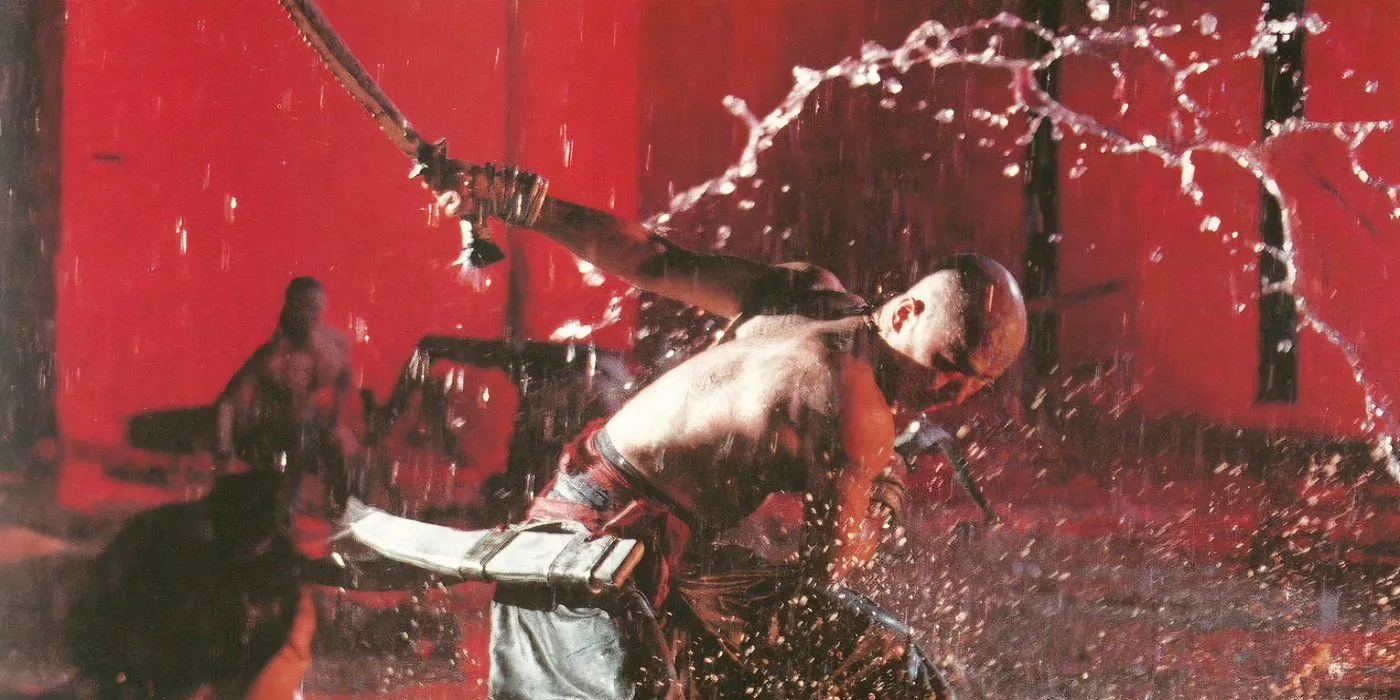
In The Blade, Tsui Hark redefined the wuxia genre three decades ago, crafting a chaotic narrative reminiscent of Chang Cheh’s classic The One-Armed Swordsman. The film’s rapid editing and frenzied action diverge sharply from the traditionally graceful choreography of its predecessors, creating an intense experience where every movement leaves a lasting impact.
The film embodies themes of despair, with characters grappling with their inner turmoil and losses. The jarring cuts and high-contrast imagery generate an atmosphere reflective of the characters’ struggles, pairing its gritty action with thought-provoking cinematography.
6. Crimson Tide
Directed By Tony Scott
Despite the behind-the-scenes conflicts between Denzel Washington and Quentin Tarantino regarding crediting, Crimson Tide has cemented itself as a hallmark of Washington and director Tony Scott’s collaborative brilliance. Set on a submarine, the plot revolves around a power struggle between Washington’s character and Gene Hackman’s portrayal of a potentially reckless captain amid Cold War tensions.
What sets Crimson Tide apart is its ability to maintain suspense without succumbing to cramped, claustrophobic visuals. Instead, Scott focuses on character dynamics, allowing personal motivations and military protocols to take the spotlight over traditional action-driven narratives.
5. Basha
Directed By Suresh Krishna
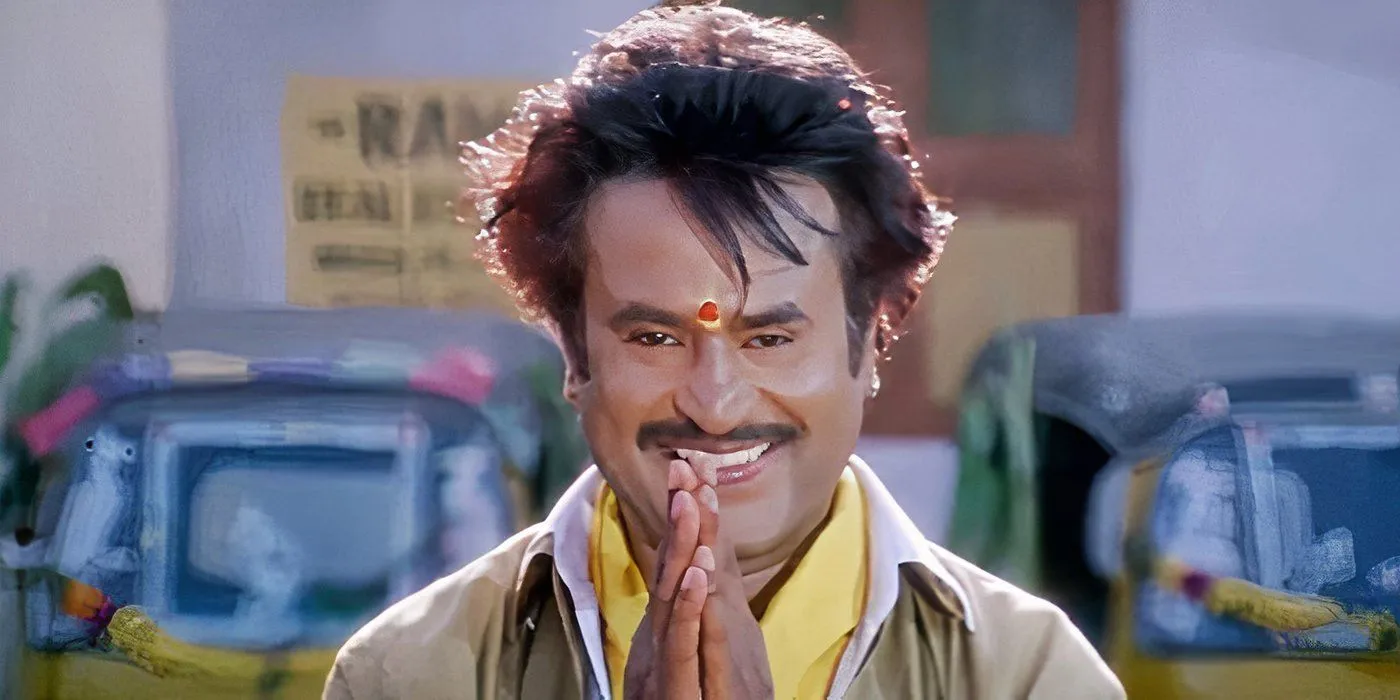
The release of Baashha fundamentally transformed Tamil cinema 30 years ago, establishing a template for contemporary blockbusters that still resonates today. The narrative’s foundation—an everyman confronting his past due to present-day events—may not be unique, but it was groundbreaking for its time.
Watch the trailer here
Rajinikanth’s performance is nothing short of iconic; he embodies a complex blend of charm and competence that elevates his character to near-superhuman status. His dynamic presence, coupled with captivating dialogue and a powerful score, has made Baashha an enduring classic, spotlighting the dawn of the modern action film in this genre.
4. Tokyo Fist
Directed By Shinya Tsukamoto
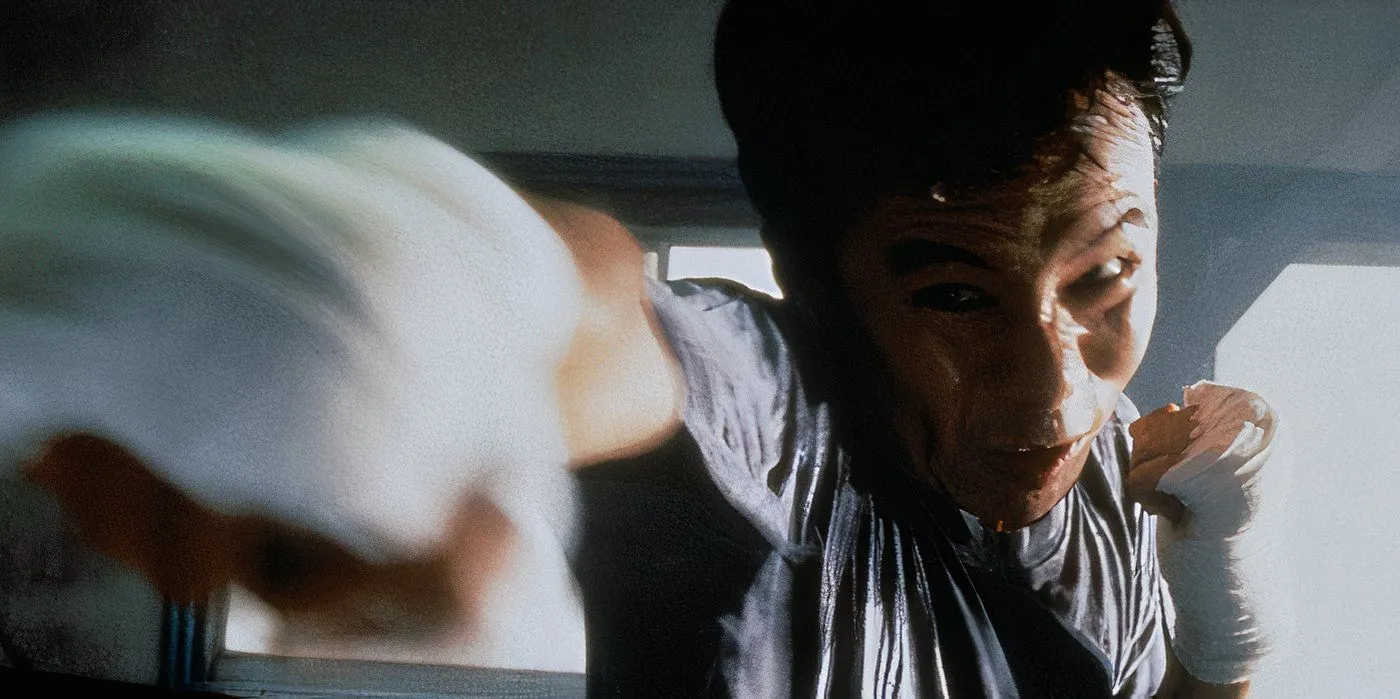
Tokyo Fist, under the direction of Shinya Tsukamoto, stands out as a rarity among boxing films, fusing elements of body horror with raw, unrestricted violence. The film’s aesthetic captures the physicality of each confrontation, ensuring that viewers feel the visceral weight of every punch within the cinematic experience.
Offering a profound meditation on the aftermath of stagnant urban life, the film explores themes of masculinity and the psychological release found in violence. Tsukamoto weaves a brutal narrative, painting a stark picture of dependency and the tumultuous emotions tied to physical engagement.
3. Ghost In The Shell
Directed By Mamoru Oshii
As a groundbreaking anime classic, Ghost in the Shell emerged 30 years ago, pushing the boundaries of genre with its exploration of technology and identity. The film’s striking visuals not only highlight the oppression suggested by its architecture but also tackle the philosophical conundrums surrounding the human experience amid technological advancement.
Despite the emergence of various sequels and adaptations, none have managed to capture the depth and artistry of the original. The choreographed action sequences, juxtaposed against a stagnant backdrop, eloquently depict the protagonist’s existential journey. Although certain elements of the presentation may reflect outdated gender dynamics, they also challenge conventional notions of femininity, culminating in a profound narrative of liberation.
2. Fallen Angels
Directed By Wong Kar-wai
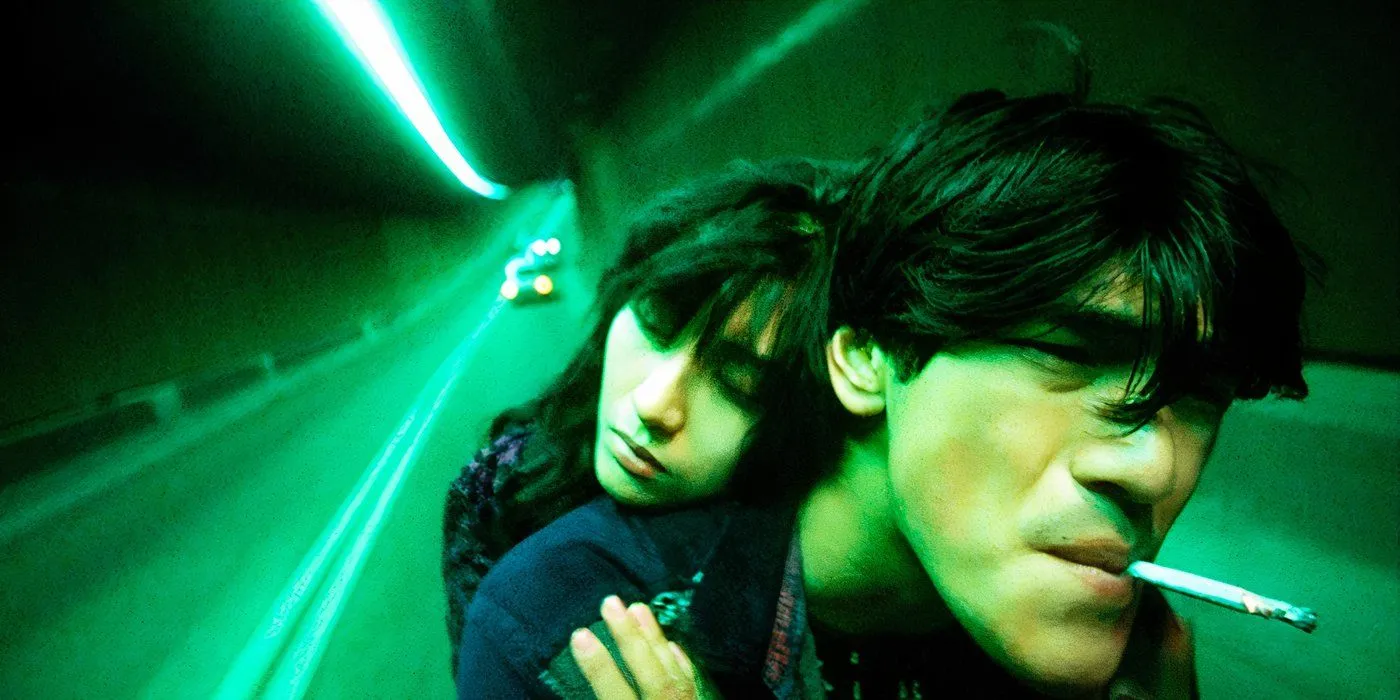
In Fallen Angels, Wong Kar-wai offers a provocative exploration of action within a gritty crime-dominated landscape, contrasting sharply with the reflective nature of his earlier work, Chungking Express. This film intricately weaves together narratives of various characters whose paths cross in moments charged with tension and dark humor.
The narratives emphasize the importance of the journey over the destination, creating an emotional purgatory where fleeting connections serve as poignant reminders of life’s unpredictability and the fragility of human connections amidst chaos.
1. Heat
Directed By Michael Mann
Michael Mann’s seminal action film, Heat, is notable for uniting legends Al Pacino and Robert De Niro in a highly praised collaboration, nearly 20 years after The Godfather II. This film transcends the traditional action genre, depicting Los Angeles as a city fraught with despair, where its inhabitants grapple with existential crises and where violence offers the only escape.
Mann delves deep into the themes of masculinity, showcasing characters driven by obsessions that ultimately lead to their downfall. The film’s gritty presentation of violence is not merely for shock value; rather, it serves as an exploration of intense psychological landscapes. Celebrated as a quintessential neo-noir action film, Heat continues to resonate with audiences and critics alike.




Leave a Reply ▼